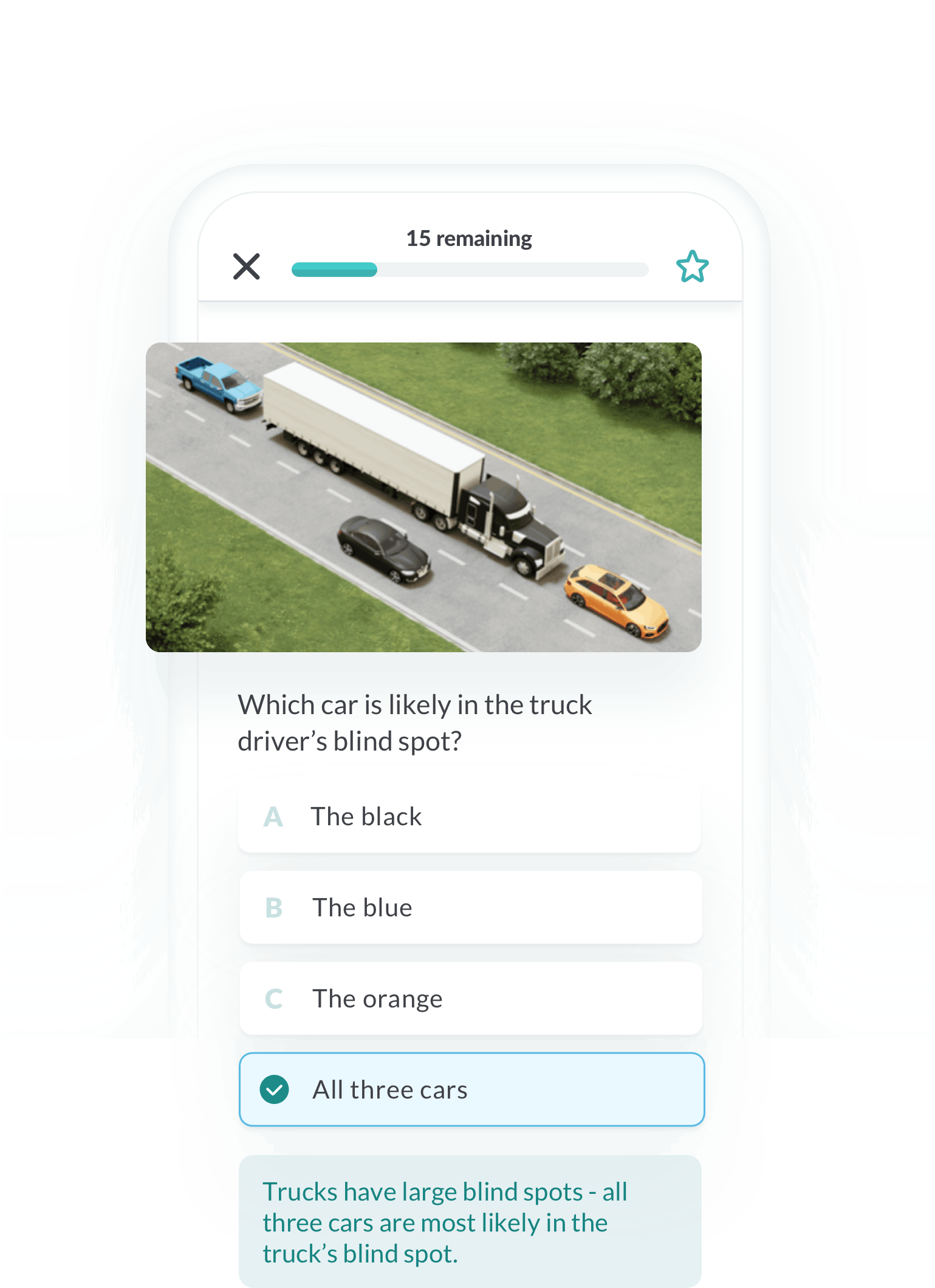
Is the Massachusetts Motorcycle Written Test Hard?
Zutobi’s material is specially designed to be easy to understand and easy to remember, and our bite-sized pieces of information are broken up by useful visuals to add context. We believe we have created the best motorcycle permit test study tool to make your Massachusetts permit test a breeze, something we can’t say for the makers of the operator manual.
